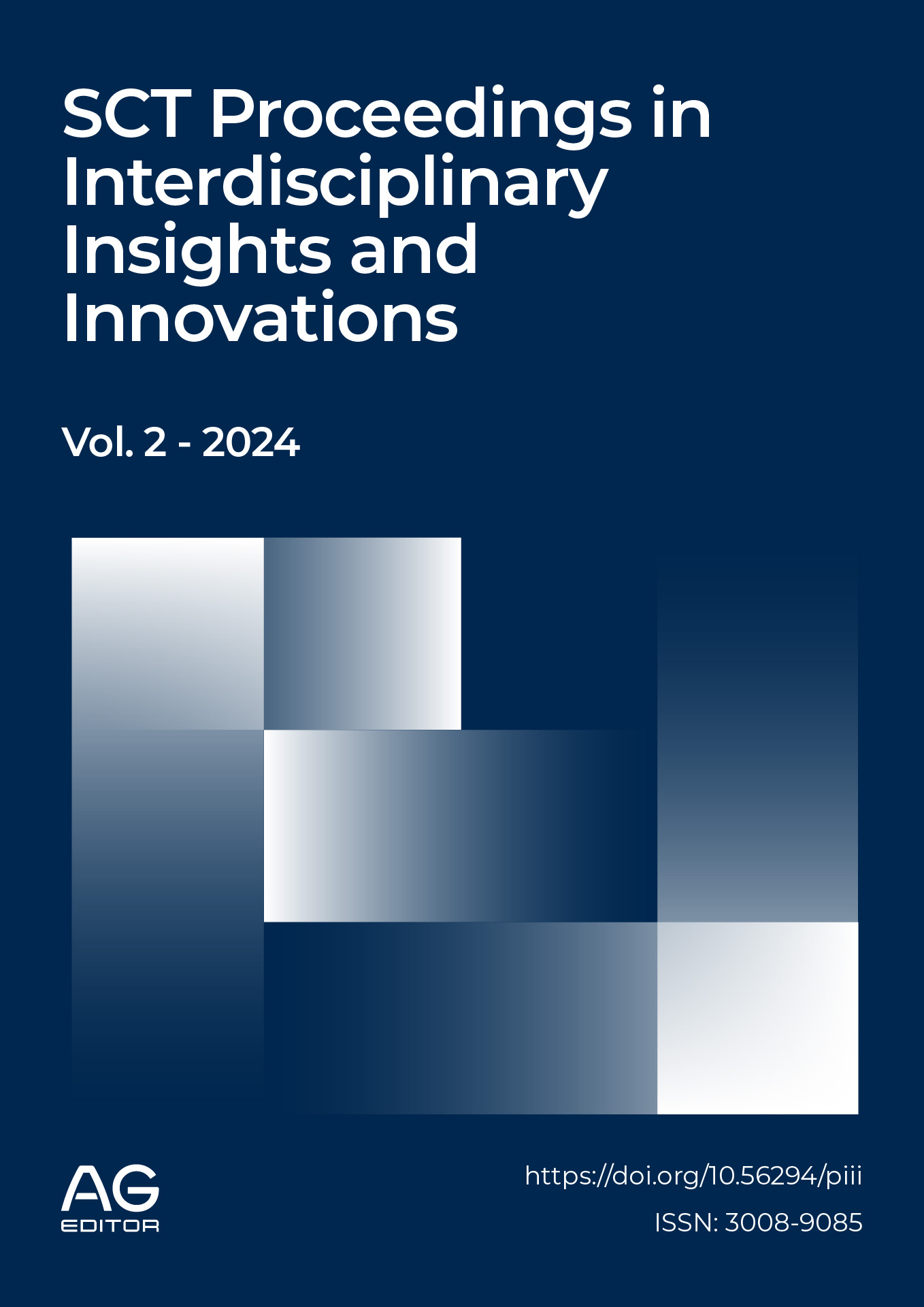To produce and sow chancacas: The arrival of sugar cane in the Huasteca región
DOI:
https://doi.org/10.56294/piii2024.146Keywords:
sugar cane, piloncillo, encomienda, indigenous economy, HuastecaAbstract
The study analyzed the role of indigenous peoples in the production and trade of piloncillo in the Huasteca region during the 17th and 18th centuries. It examined the introduction of sugar cane in the region after the Spanish conquest and its economic and social implications. Sugar cane, brought by Hernán Cortés in 1522, expanded rapidly due to its profitability and demand in the European and New Spain markets.
The research showed that the indigenous people adopted the crop not only because it was imposed on them, but also because of its cultural significance. The encomenderos encouraged its cultivation for self-consumption and later for commercialization. Sugar cane became a key element in the local economy, and its production diversified into white sugar for elites and piloncillo for popular consumption.
Colonial documents revealed that the indigenous people managed to obtain licenses to plant sugar cane and operate mills, integrating themselves into the regional market. In addition, piloncillo acquired value as a bargaining chip, facilitating the payment of taxes and debts. By the end of the 17th century, the Huastec had consolidated their presence in the production of piloncillo, partially displacing the Spanish.
The article concluded that the adoption of sugar cane transcended the economic, influencing diet, trade and indigenous cultural identity, generating a significant socio-productive transformation in colonial Huasteca.
References
Berthe, J. P., (1994). Estudios de Historia de la Nueva España. De Sevilla a Manila. México, Universidad de Guadalajara, Centre détudes Mexicaines et Centraméricaines.
Crespo, H., (1988). Historia del azúcar en México, México, Fondo de Cultura Económica, Compañía Azucarera del Panuco, S.A. (Sección de Obras de Historia).
García M., B. (2000). “Regiones y paisajes de la geografía mexicana”, en Historia general de México, México, COLMEX, pp.25-91.
Herrera y T., A. de, (1625). Historia General de los hechos de los castellanos en las islas y tierra firme del Mar Océano, Madrid, Imprenta Real de Nicolás Rodríguez Franco, Tomo I, Libro IV. Disponible en https://archive.org/details/generaldehechosd01herr
Landázuri G. y Vázquez Mantecón V. (1988). Azúcar y Estado, (1750-1880), México, Fondo de Cultura Económica, Secretaría de Energía, Minas e industria Paraestatal, Universidad Autónoma Metropolitana.
Machuca, P., (2013). “El arribo de plantas a las Indias Occidentales: el caso del Balsas-Jalisco a través de las Relaciones Geográficas del siglo XVI”. México, (Relaciones 136) DOI: https://doi.org/10.24901/rehs.v34i136.164
Mintz, S. (1996) Dulzura y poder.El lugar del azúcar en la historia moderna. México, Siglo XXI editores.
Pérez Zevallos, J. M. (2001). Visita de Gómez Nieto a la Huasteca, 1532-1533, México, CIESAS, El Colegio de San Luis, Centro Francés de Estudios Mexicanos y Centro Americanos, AGN.
Tapia Zenteno, C. de (1985). Paradigma apologético y noticia de la lengua huasteca., México, UNAM.
Ruvalcaba M., (1995). Los huastecos de Veracruz, Etnografía contemporánea de los pueblos indígenas de México. Región oriental, México: INI-Sedesol.
Sandoval, F., (1951). La industria del azúcar en Nueva España, México, UNAM, IIH.
Downloads
Published
Issue
Section
License
Copyright (c) 2024 Karina Paulín Trejo (Author)

This work is licensed under a Creative Commons Attribution 4.0 International License.
The article is distributed under the Creative Commons Attribution 4.0 License. Unless otherwise stated, associated published material is distributed under the same licence.





